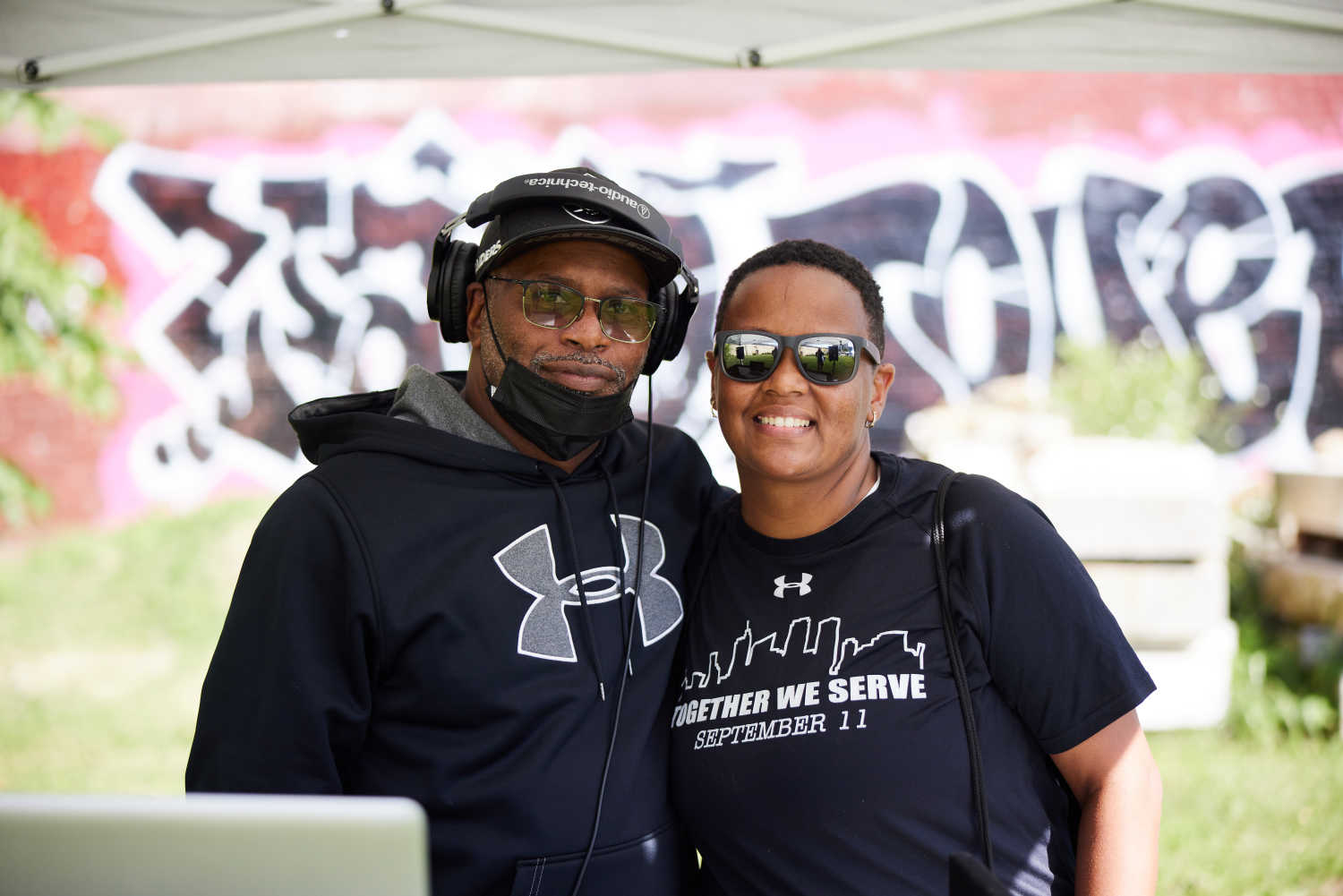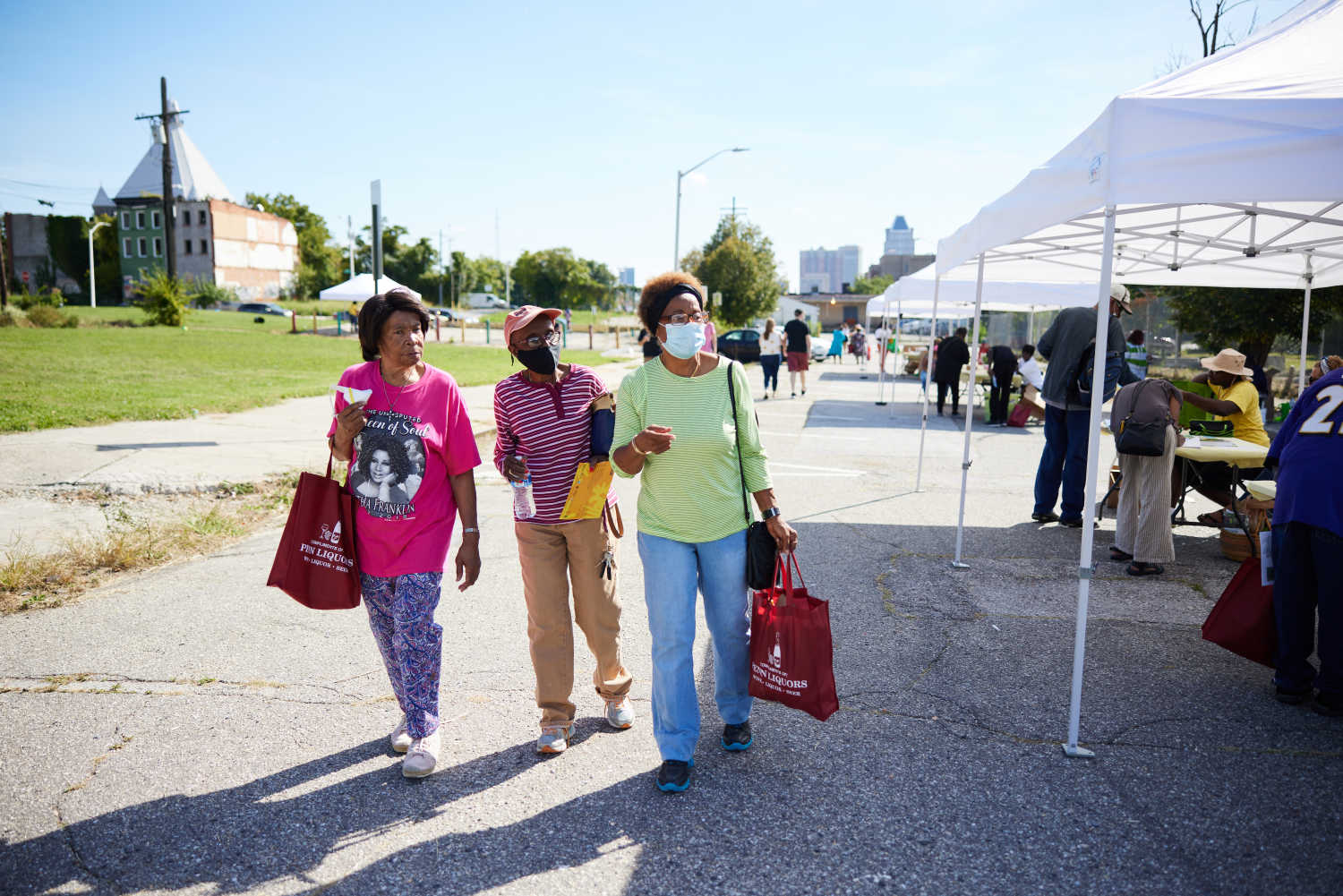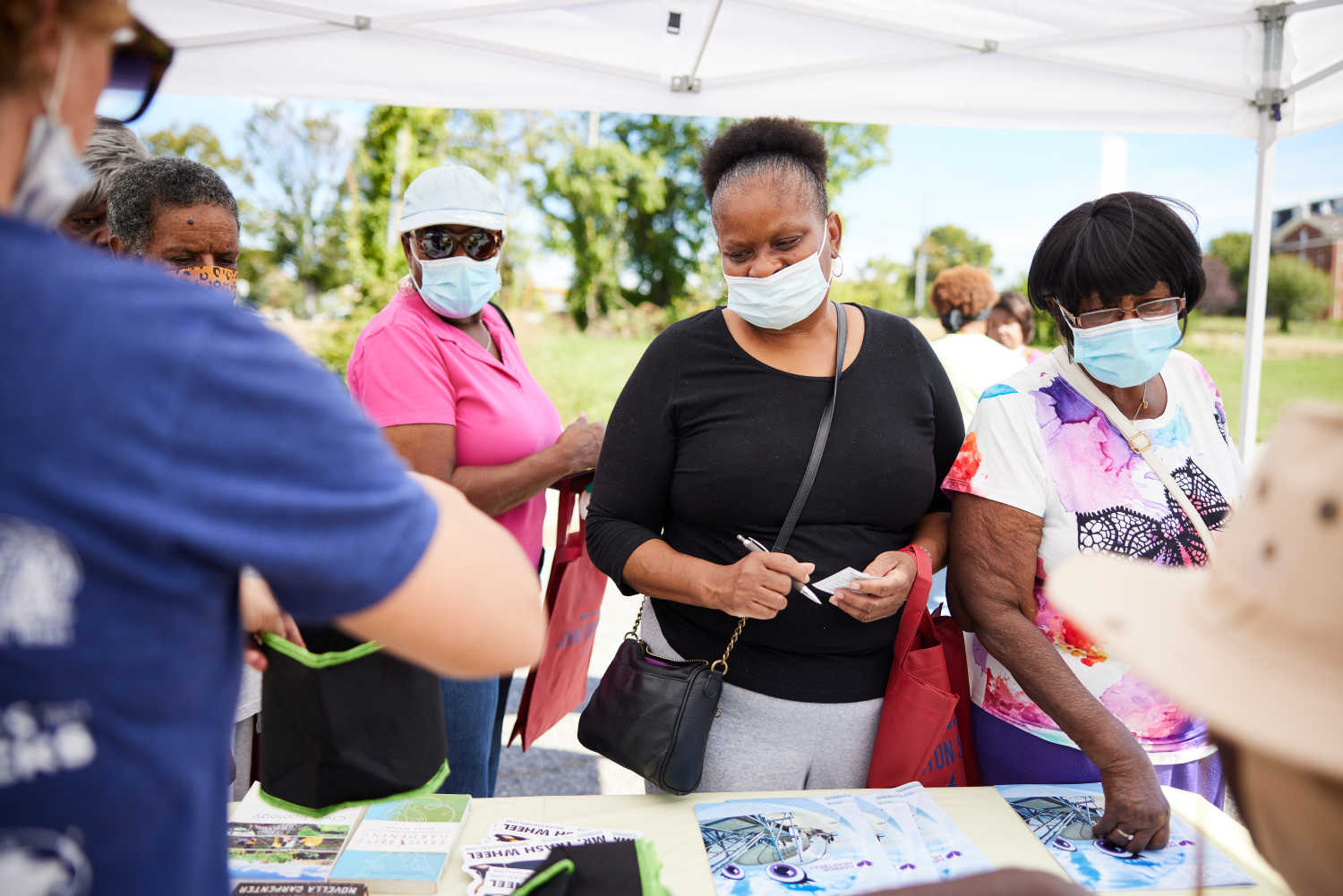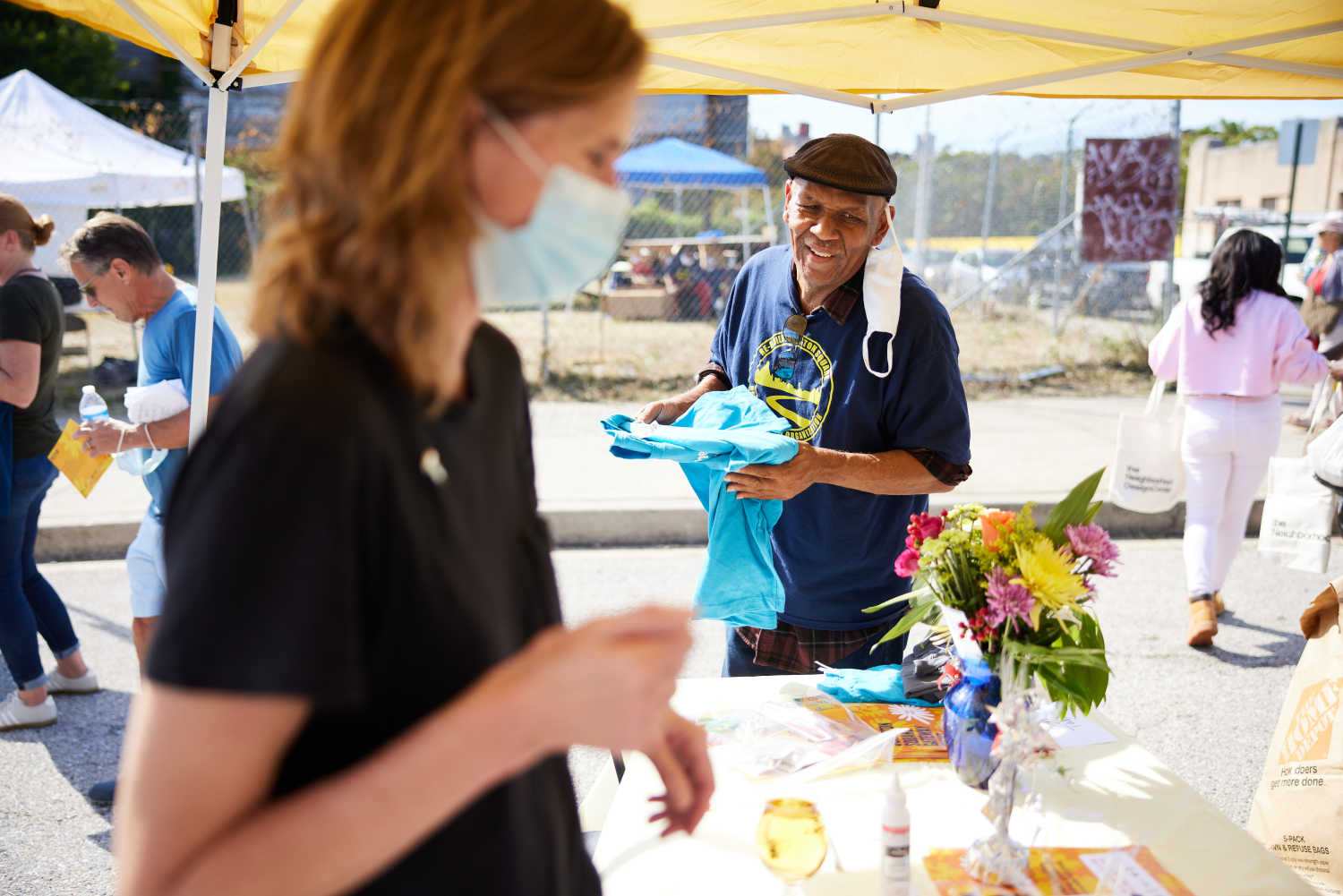News
October 22, 2021Build Together: Designer-in-Residence Program
Community designers and community leaders partnered in this first-of-its-kind program, manifesting dynamic, vibrant public realm projects.

This summer, Neighborhood Design Center launched Build Together, a first-of-its-kind Designer-in-Residence program. Funded by the National Endowment for the Arts, The Abell Foundation, the Goldseker Foundation, and the Johns Hopkins Neighborhood Fund, Build Together selected three community designers to partner with community members in three East Baltimore neighborhoods, Broadway East, Johnston Square and East Baltimore Midway, to address a need in the built environment by building a public space intervention.
Designers, who applied and were selected by a jury of community members, Neighborhood Design Center staff and local and national design professionals, collaborated with residents to identify a site and build an intervention within a three-month time frame and a $10,000 budget. The idea for the program grew out of continued conversations with community partners in East Baltimore, where public spaces have often languished due to a history of racially-based disinvestment in many areas.
When seeking designers, who would receive a monthly stipend, housing support and access to OpenWorks design space, the selection team prioritized local designers with experience partnering with communities driving projects in the built environment. We spoke with the three Residents selected, Jaz Erenberg, Courtney Morgan, and Christina Delgado about their projects, process and the design’s impact.

Jaz Erenberg, East Baltimore Midway
“What are they trying to project and what are they trying to combat?”
Unearthing the answer to these two questions was a priority for designer and muralist Jaz Erenberg as she worked with the Midway community in building a visual identity for the neighborhood. Midway lacked a visually unifying factor to connect their green and community spaces. To build a visual identity that represented the neighborhood, Jaz needed to find out how the Midway community wanted to be seen.
With the support of Melvin Jadulang and the Greater Greenmount Community Association, Jaz knocked on 300 doors to talk to community members about how they would describe their neighborhood and about how they believe others see Midway.
“I needed to pare down to the community core values and see visually how the community would represent itself."
— Jaz Erenberg
Jaz gathered the information from those initial conversations and organized a community input day where neighbors voted on the logo colors, wrote about what they felt was special about Midway and created their own Midway flags.
Out of this, Jaz created a branding package that includes two logos and a way-finding project. These way-finding paths not only include sidewalk murals, but in addition, they will add the logo to light posts to serve as neighborhood markers, and use stickers on those light posts with QR codes leading back to a webpage with personal accounts of neighborhood residents.
The first mural is complete at Boone Street Commons and more are in progress. Jaz’s work has also given the community a framework to continue to build upon for the future. As this was an ambitious project to take on within the allotted timeframe, she created a neighborhood guide to give the community the ability to continue the work beyond what has already been accomplished and to make the continued creation of community identity assets, such as murals and signage, easy, accessible and feasible.
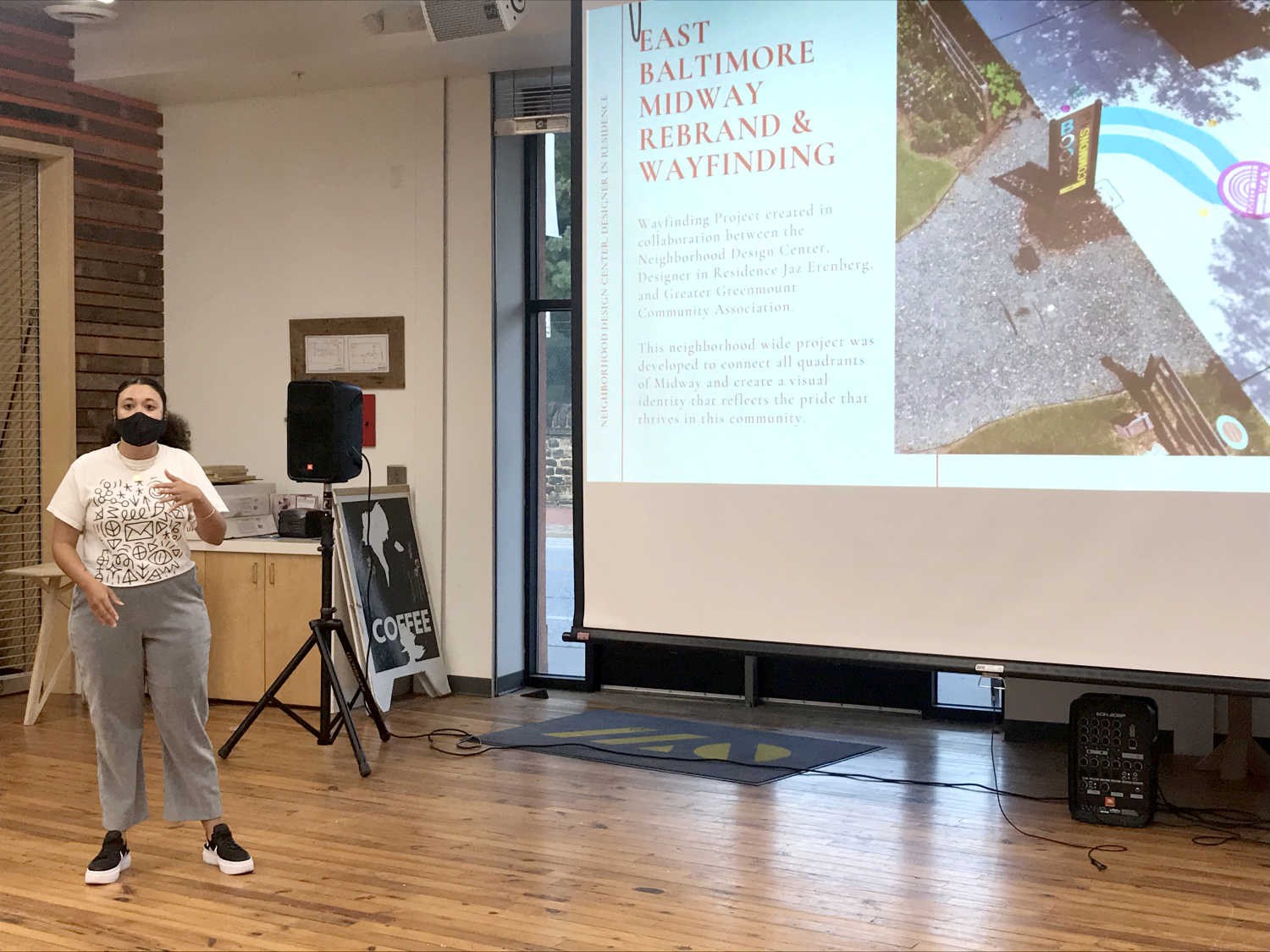
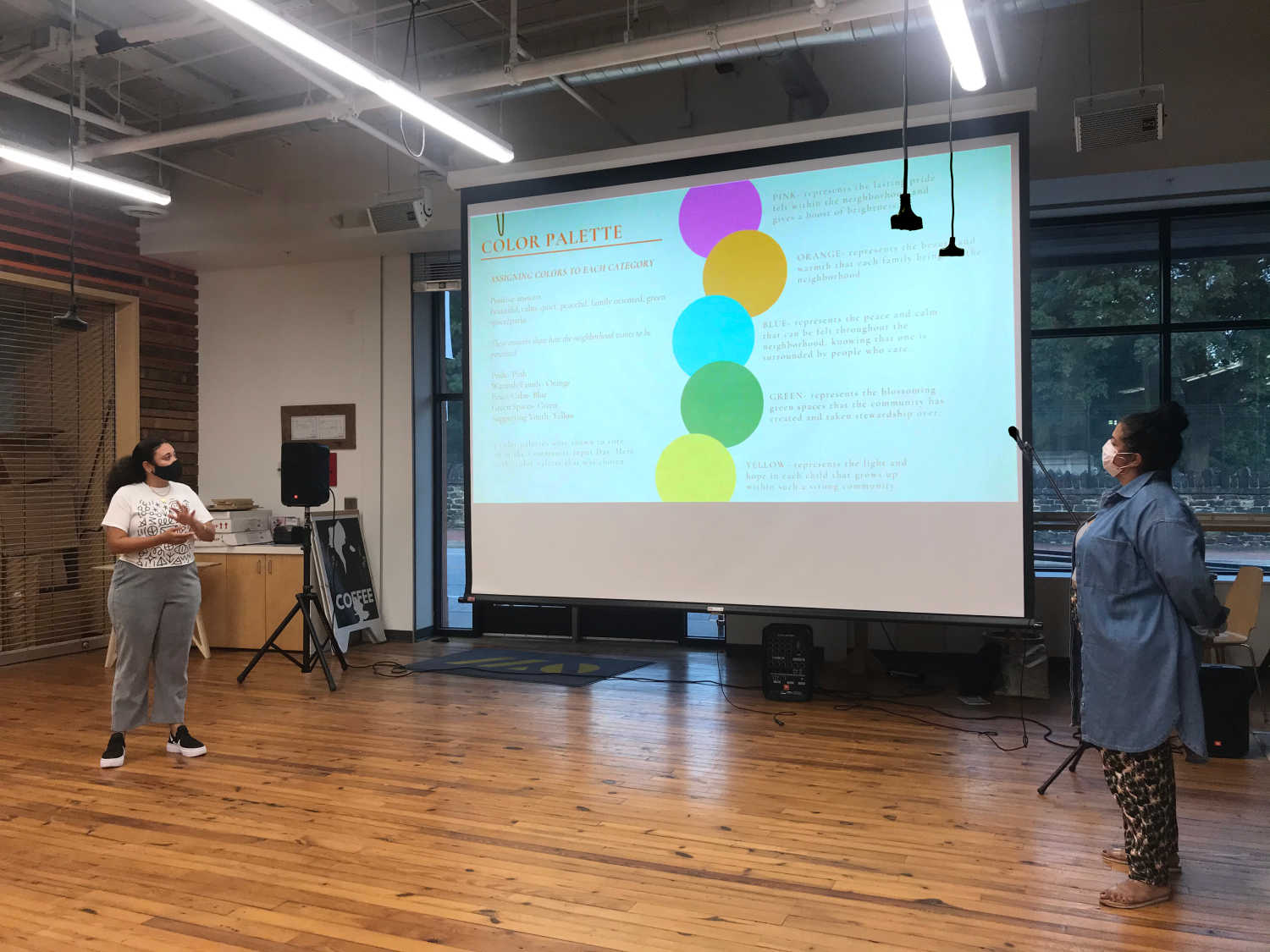
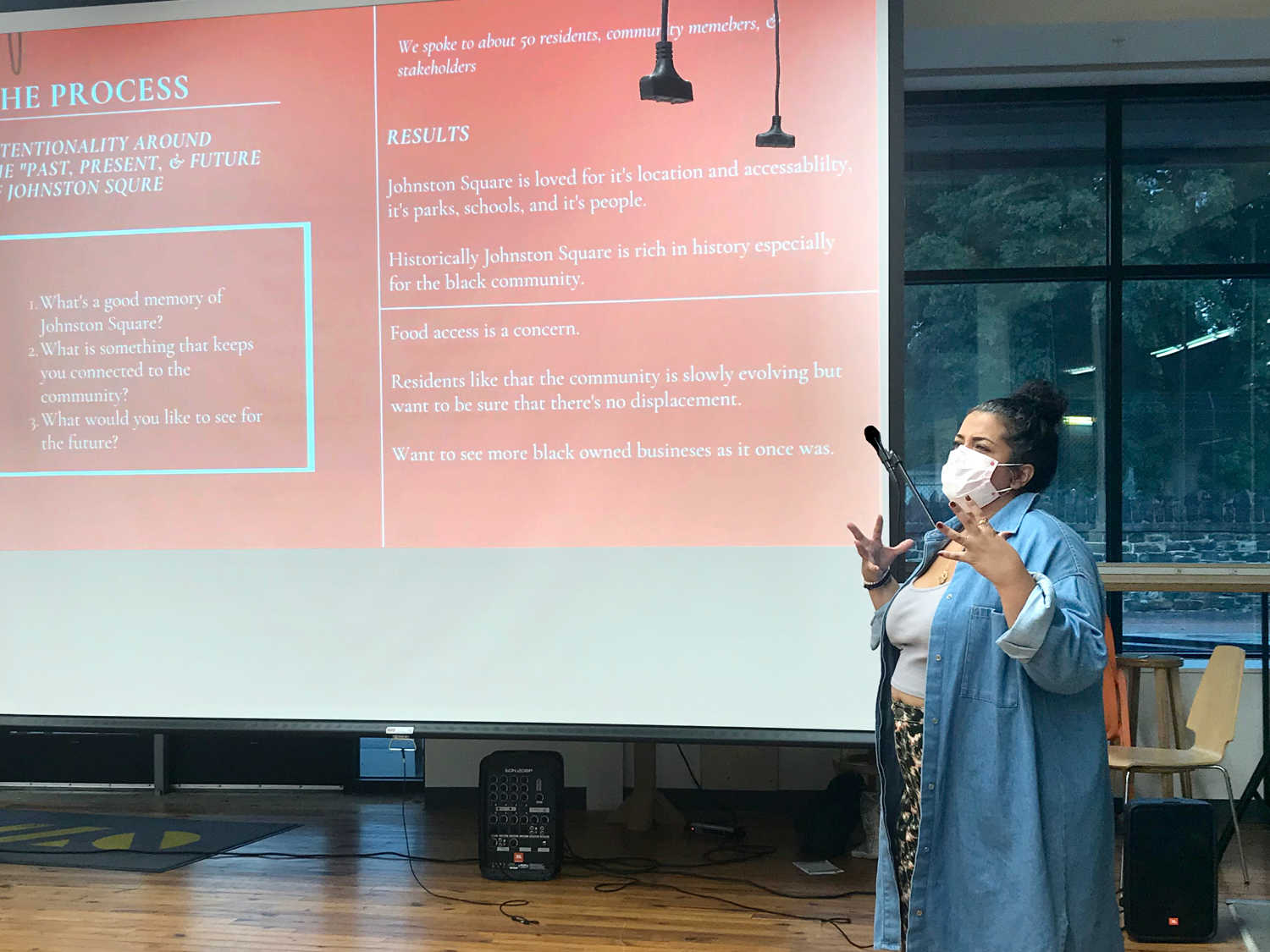
Courtney Morgan, Broadway East
Broadway East had already been in the process of implementing a green plan through the Baltimore Office of Sustainability when architect Courtney Morgan was selected to partner with the neighborhood to develop a project centered around environmental justice and awareness in BIPOC communities. Working with Doris Terrell and the Broadway East Community Association, Courtney’s goal was to develop a plan for occupying the green spaces alongside the existing work where the community could feel that they had input and ownership. “We landed on the idea of rest and what that would look like throughout the community,” said Courtney.
The outcome: Courtney collaborated to develop benches reminiscent of Baltimore’s historic marble stoops to be placed in green spaces at the Lillie Mae Carroll Jackson Charter School and throughout the community. Originally, the budget only allowed for six benches, however, The Loading Dock, Inc. donated materials to allow for eleven benches to be built.
The purpose of the marble benches will be two-fold. In addition to activating the green spaces by providing a physical place for rest within the space, a unique design feature helps tie the project back to environmental justice and awareness. One part of the slab on each bench will be painted with a color-changing paint, designed to change color when temperatures rise above or fall below certain temperatures, alerting residents of the need to be mindful of potentially unsafe heat or cold. The visual element is Courtney’s acknowledgment of the community’s existing work around the heat island effect and raises awareness about the connection between temperatures and health in the community.
Moving even beyond the bench installations, which are currently in progress, Courtney is working with Lillie Mae Carroll Jackson, an all-girls charter middle school, on a workshop series for the students that will teach about the built environment and advocacy.
“I didn’t want to just draw a pretty picture. I wanted to implement something in the communities that I’ve worked in for over 10 years and to have some educational component.”
— Courney Morgan
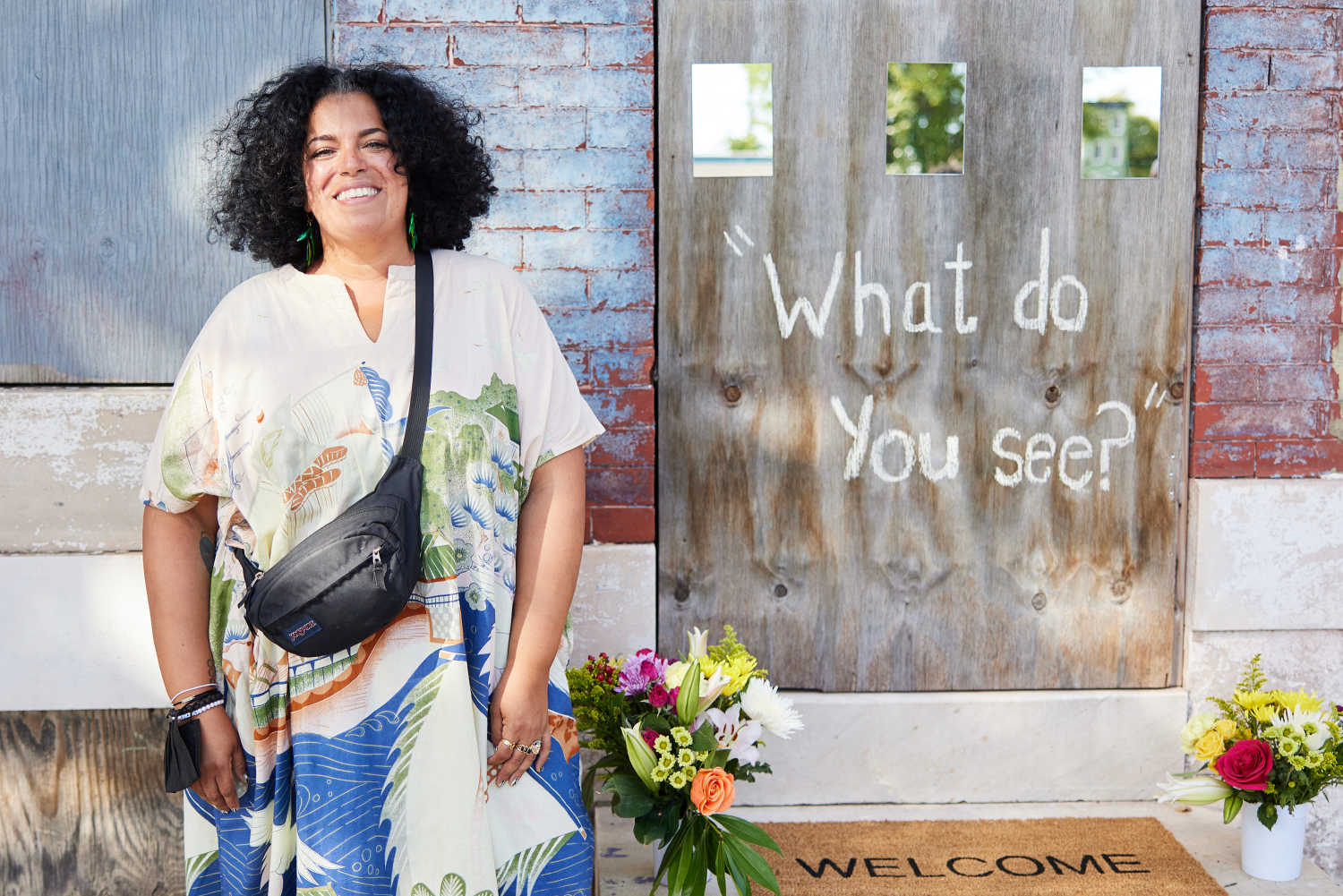
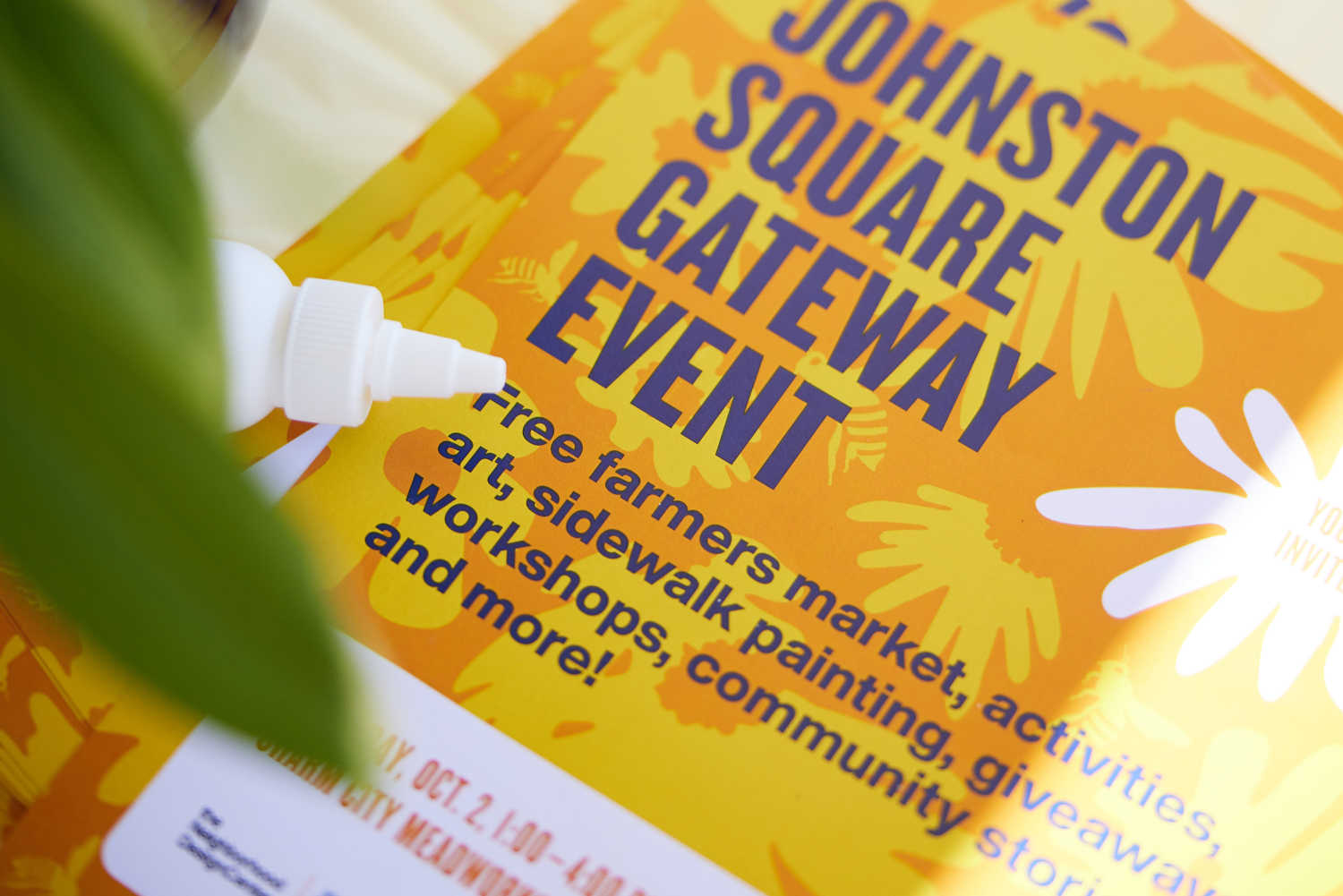

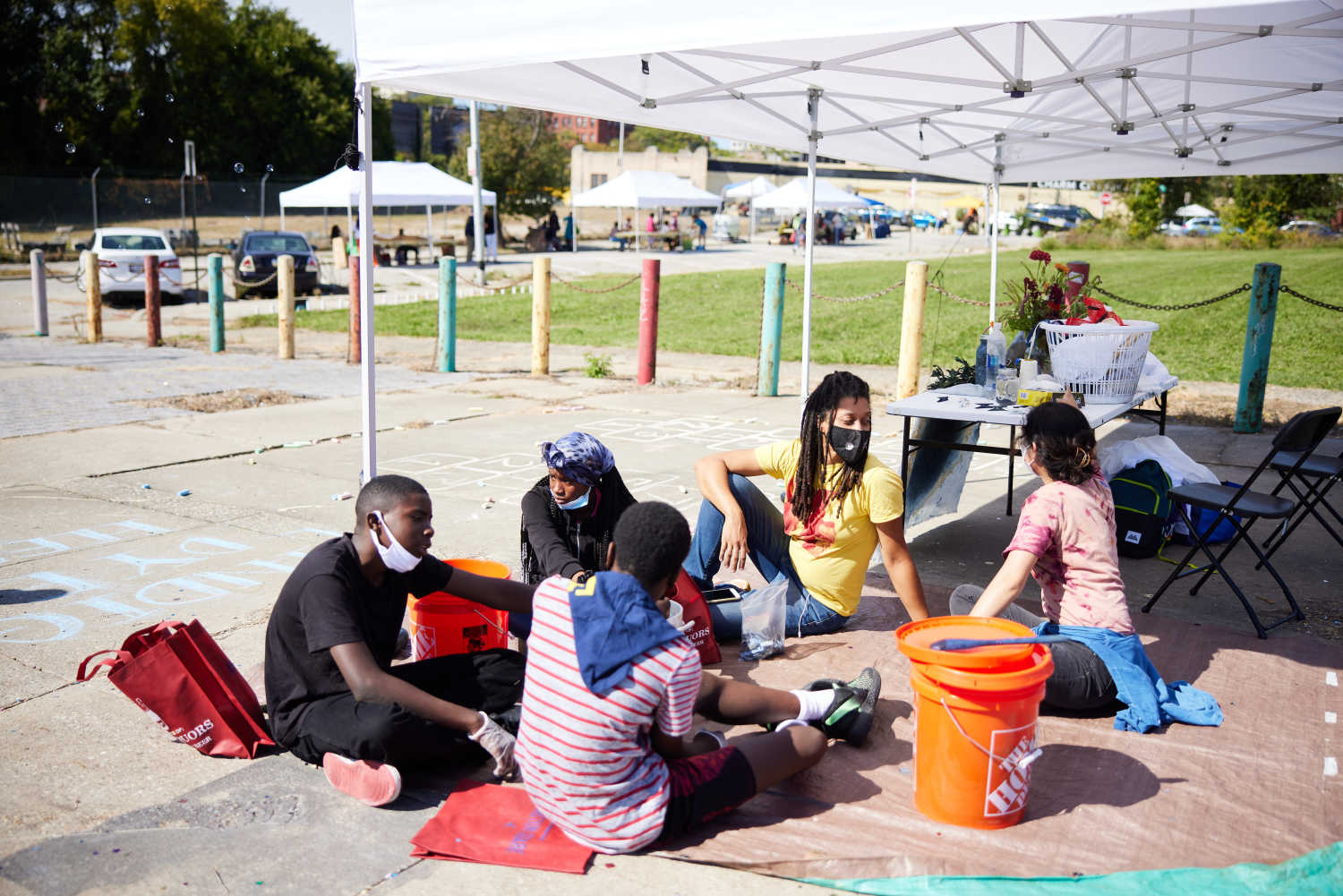

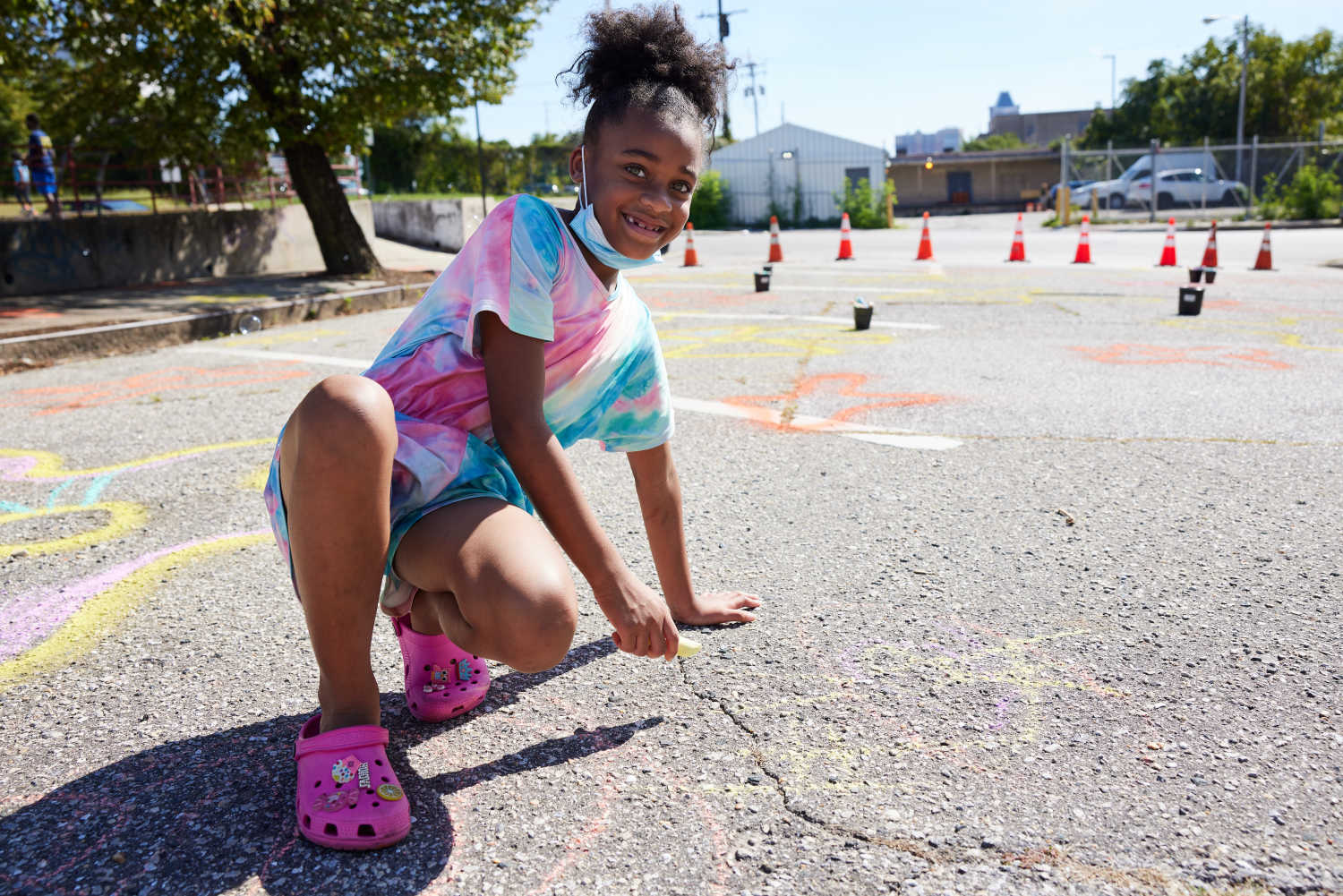
Christina Delgado, Johnston Square
Designer and artist Christina Delgado has lived in East Baltimore and worked in community organizing in the area for more than 15 years, so she jumped at the opportunity to engage the community in creating a design intervention in Johnston Square. Regina Hammond, one of the founders of ReBUILD Johnston Square, a nonprofit partnering to transform Johnston Square into a thriving and income-diverse neighborhood, knew Christina and her work well and was eager to partner with her for the project, an innovative gateway mural design that would bridge the neighborhoods of Mount Vernon and Johnston Square.
“Johnston Square borders Mount Vernon, but there is a distinct line, both visually and in terms of access to resources,” said Christina. Of the three bridges that connect the communities, they decided that the mural would be best applied on the Biddle Street bridge, the largest throughway.
To ensure that the community’s voices were at the center of the conversation and the work, Christina went to community meetings and held workshops for neighbors to come out and take pictures, or bring in images that represented something from the community’s present or past. As stories came to light and the community shared their voices the project became something larger.
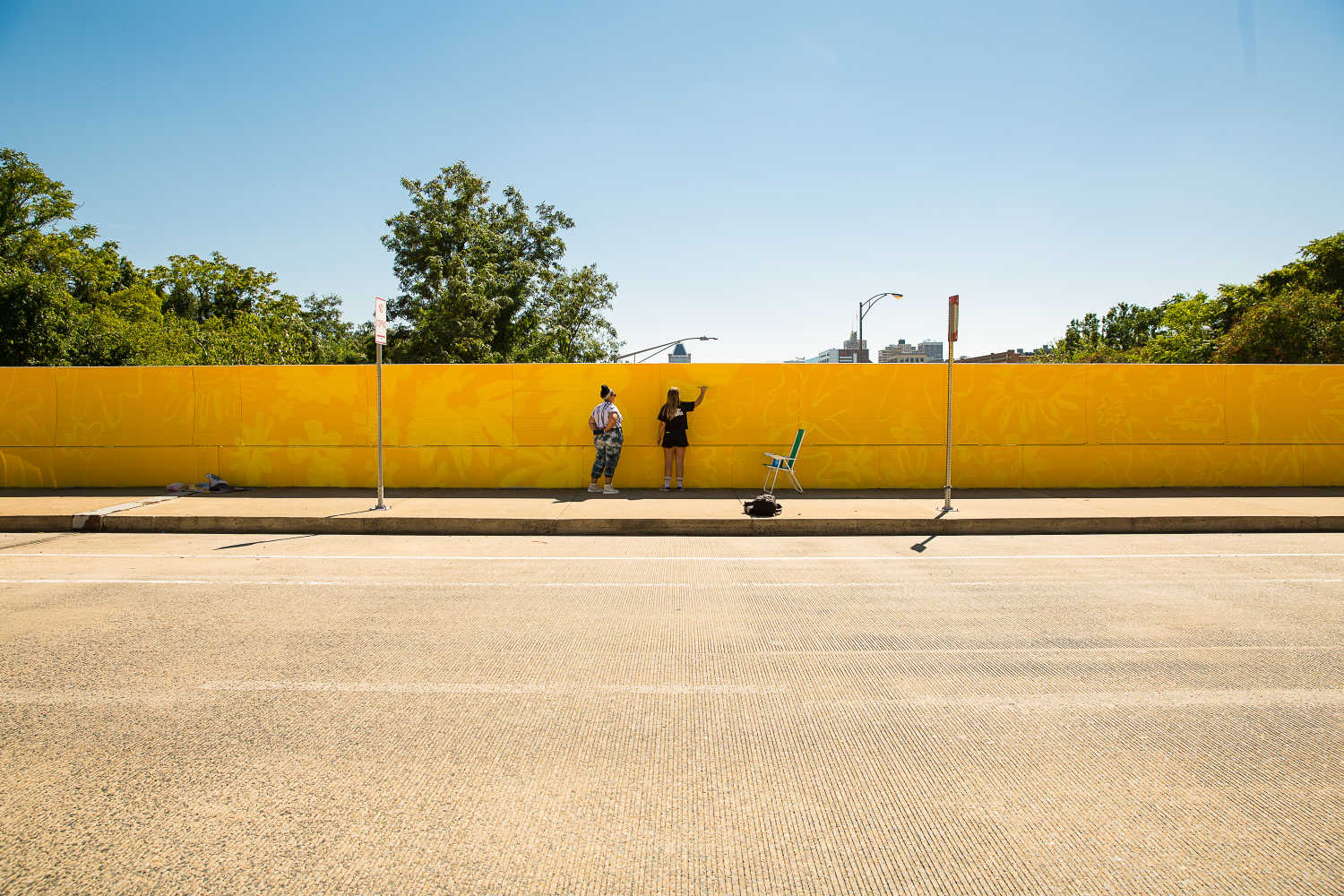

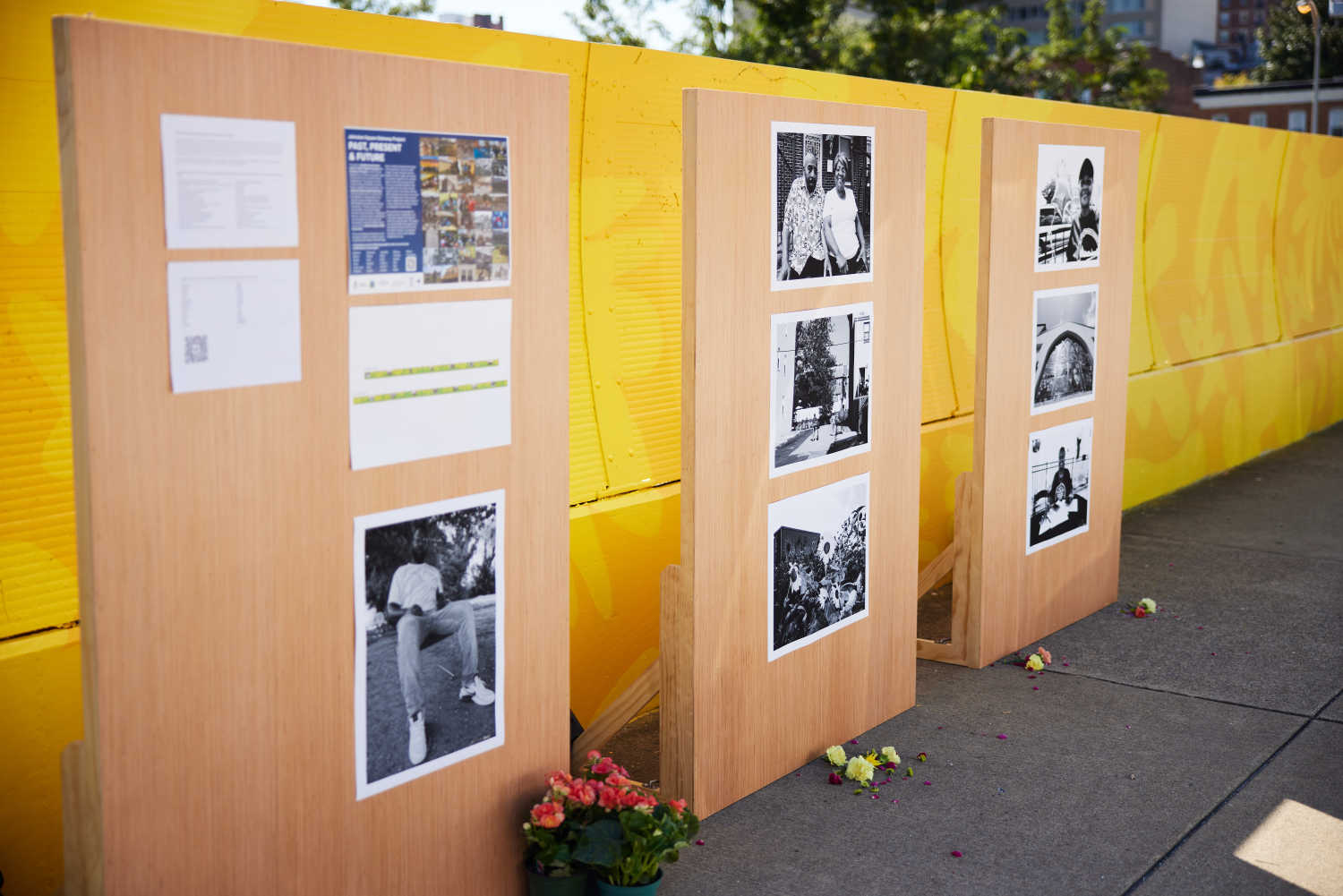

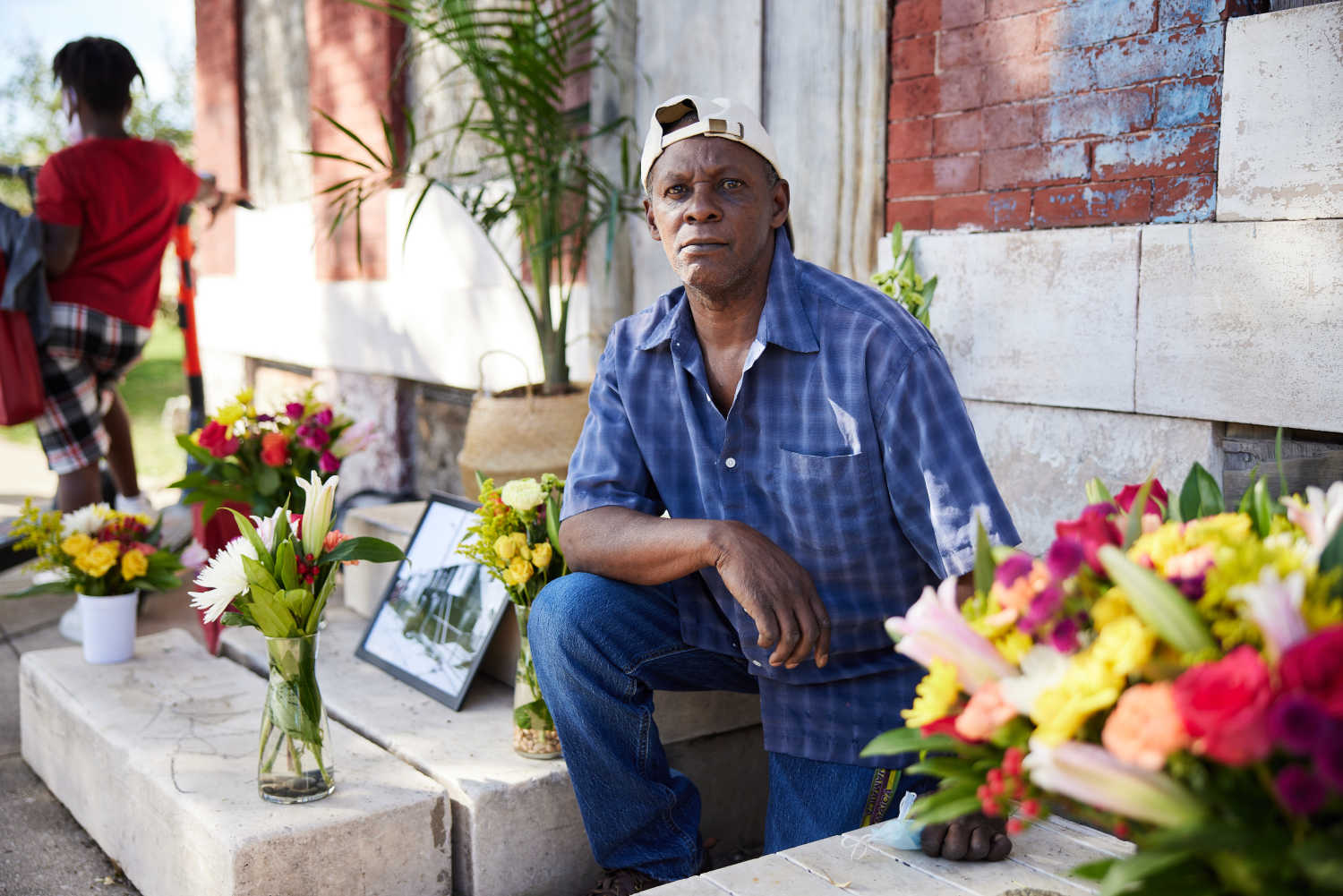
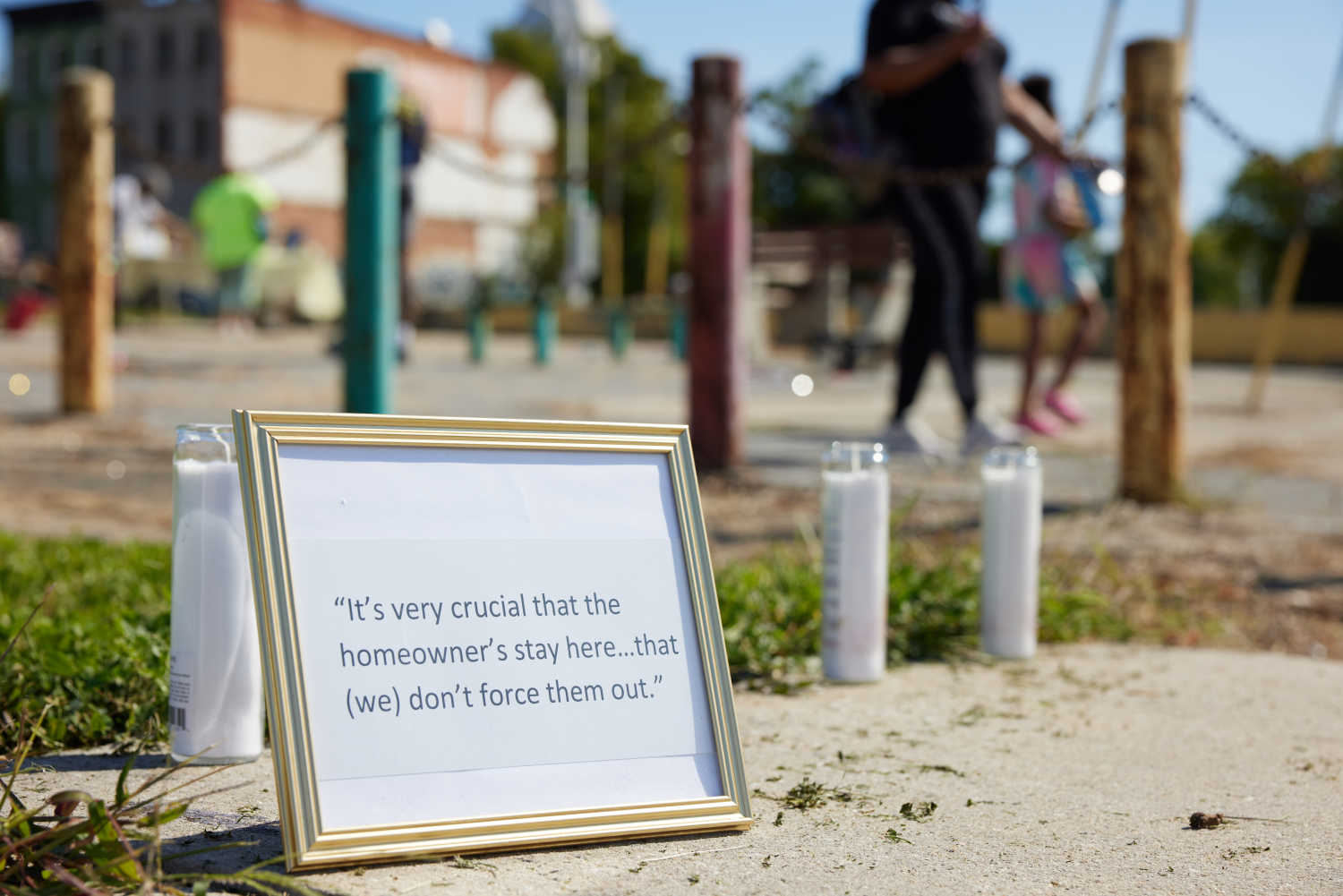
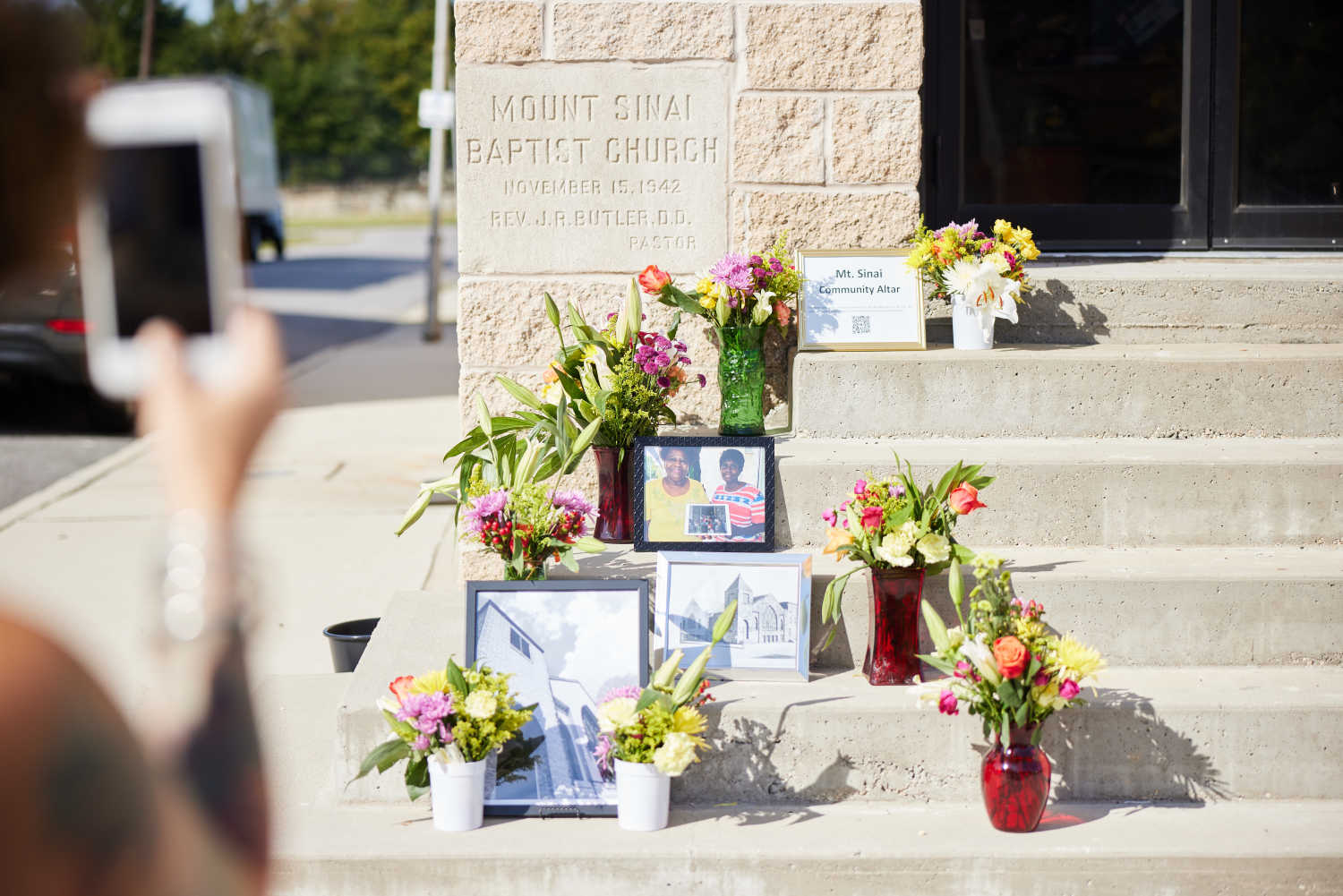
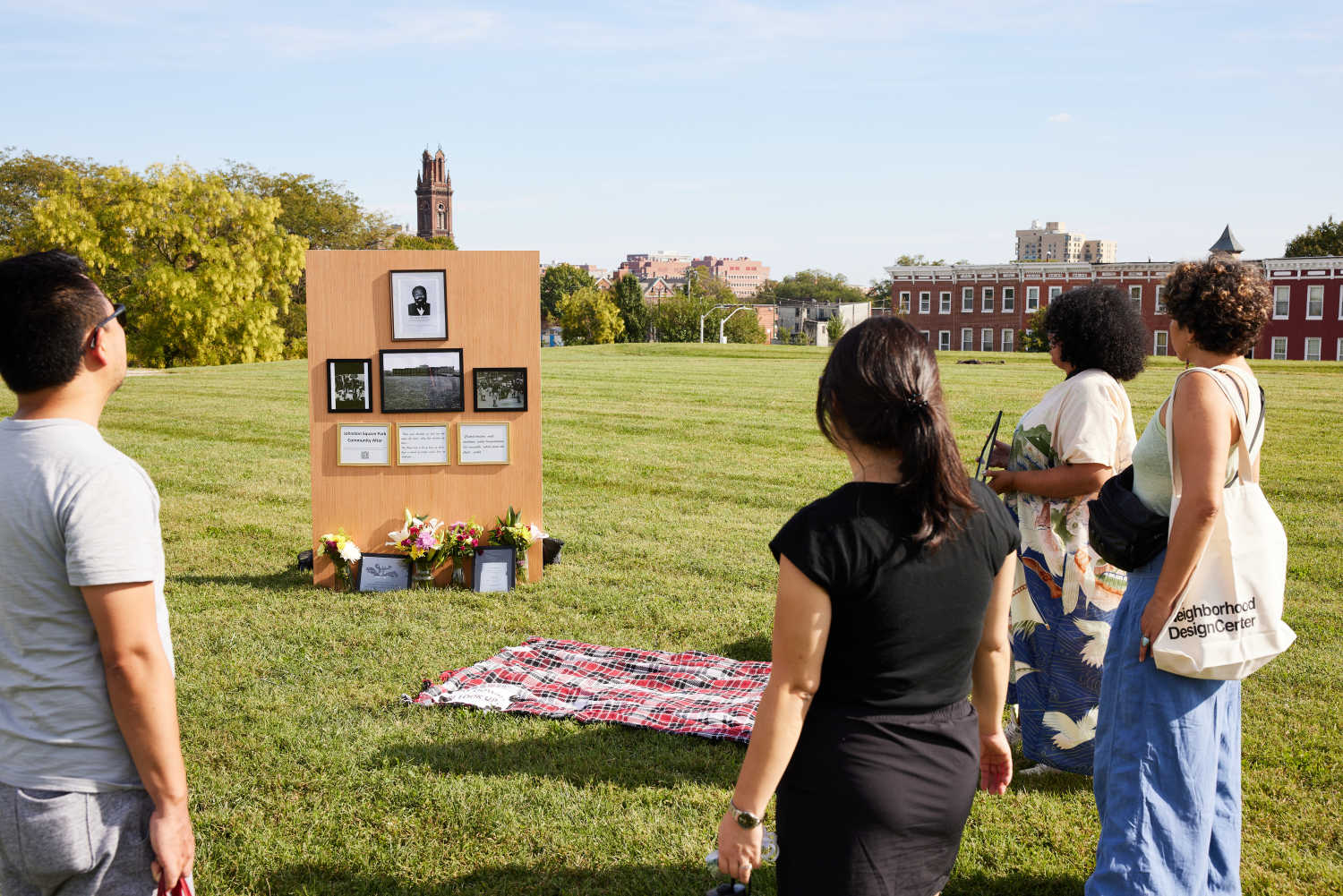
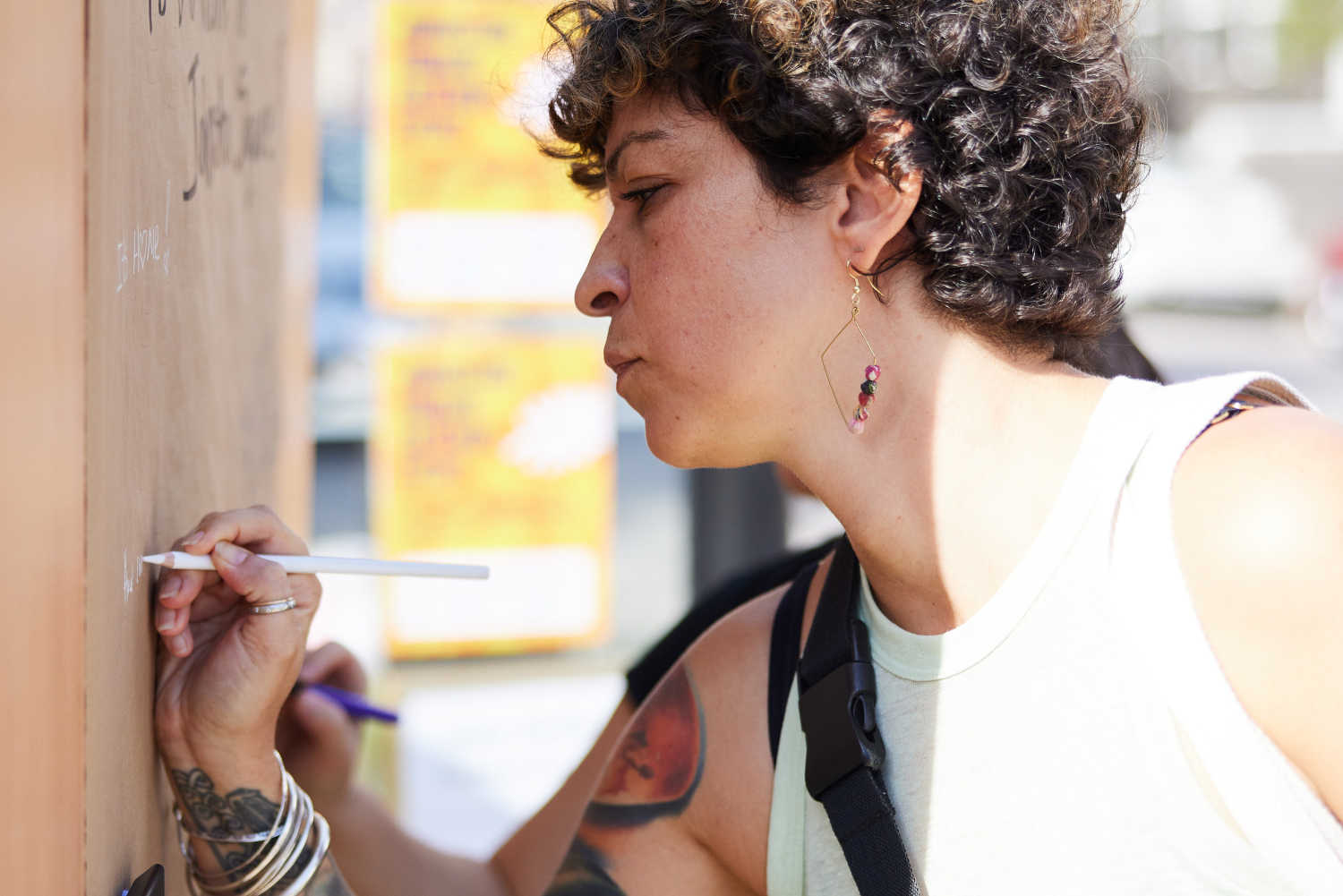

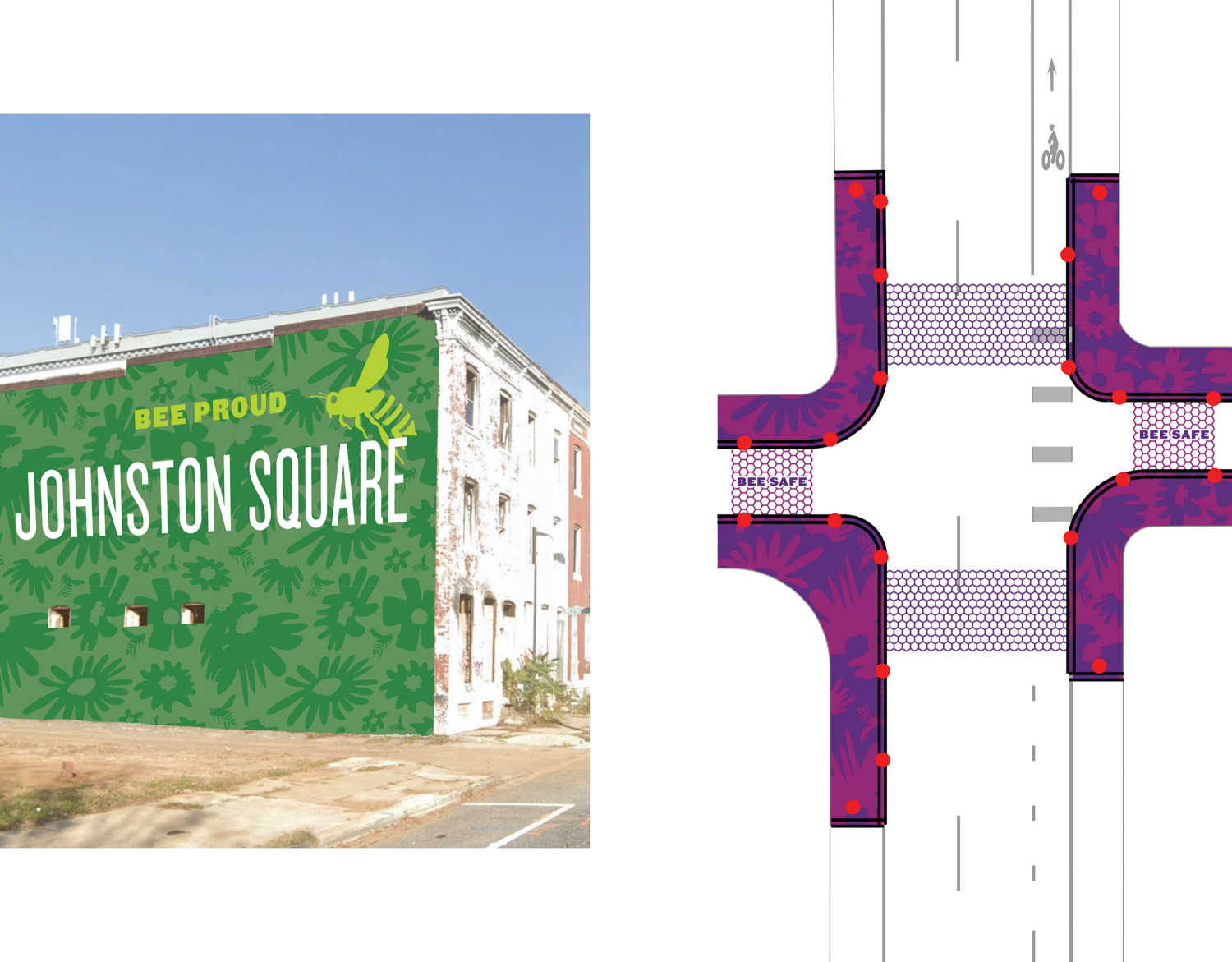
“The gateway evolved from the concept of bridges being painted to how do we tell the story of Johnston Square, past, present and future."
— Christina Delgado
Telling that story has expanded to include a film created by Noisy Tenants featuring residents’ stories, a farmers market pop-up, and an event showcasing community “altars” where residents could re-imagine those important community spaces gathered from the residents’ stories and photographs.
The mural that served as the catalyst for the community storytelling has just been completed. Muralist Paige Orkin painted the mural backdrop on the bridge, and decals of photos (Christina’s medium) Christina took and curated based on community conversations were installed across the length of the bridge.
Deputy Executive Director Briony Hynson is excited that the first year of the program showed NDC the great opportunities for partnering with co-mmunity designers and community leaders to manifest dynamic vibrant projects in the public realm.
“The designers and community collaborations yielded results far beyond what we imagined, and I'm so impressed at the dedication of all of the parties this summer."
— Briony Hynson, Neighborhood Design Center's Deputy Executive Director
Briony continued, “Intensive collaboration processes — deep listening, story sharing and local history, community events, photo workshops, surveys, door knocking, zooms, and more — informed the development of beautiful projects that have an integrity to the people and places of the host neighborhoods of Johnston Square, Midway and Broadway East. This is a great first step, and our designers have offered to stay in the mix as mentors as we move ahead to help us iterate to improve the program and work with Build Together community partners and designers in the future.”


